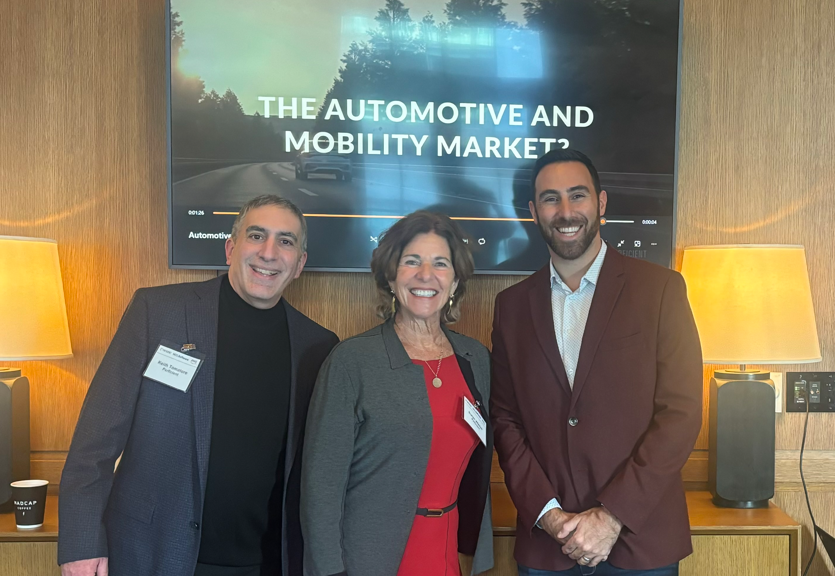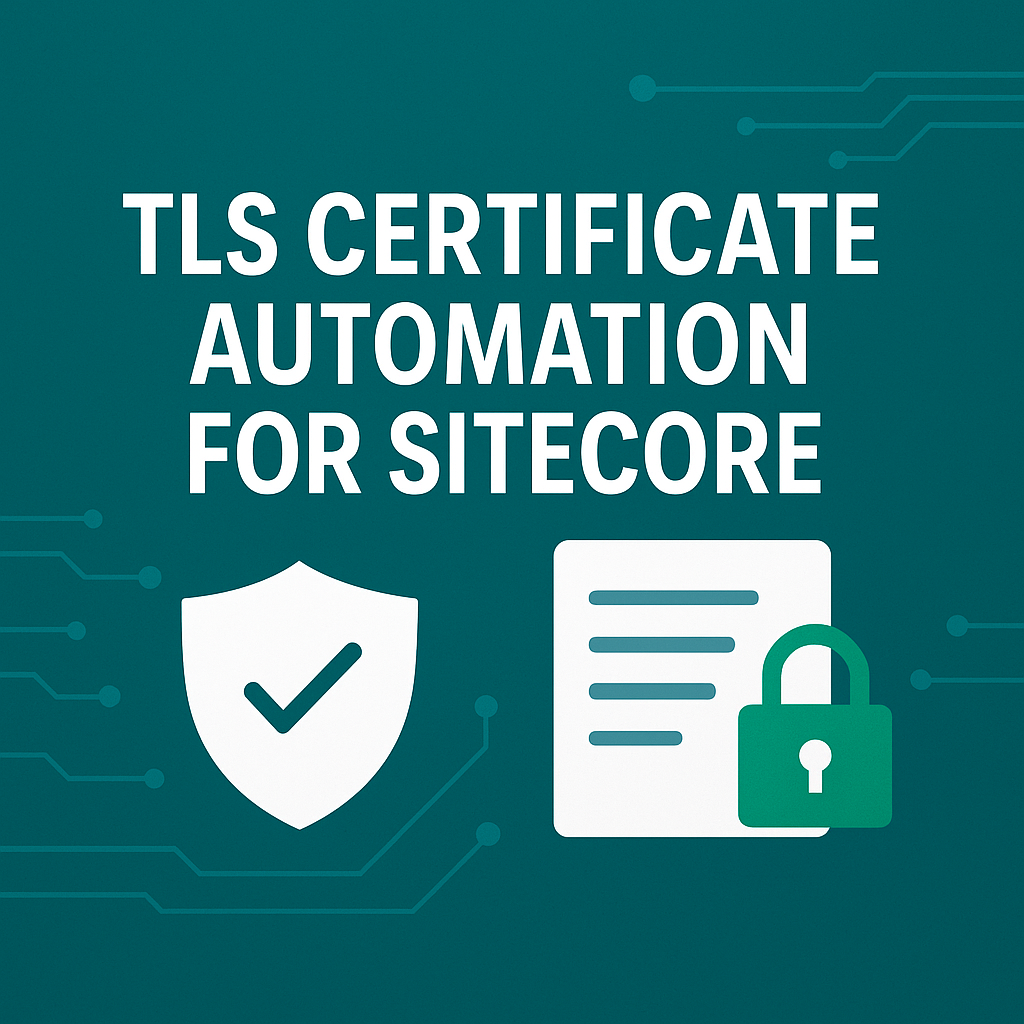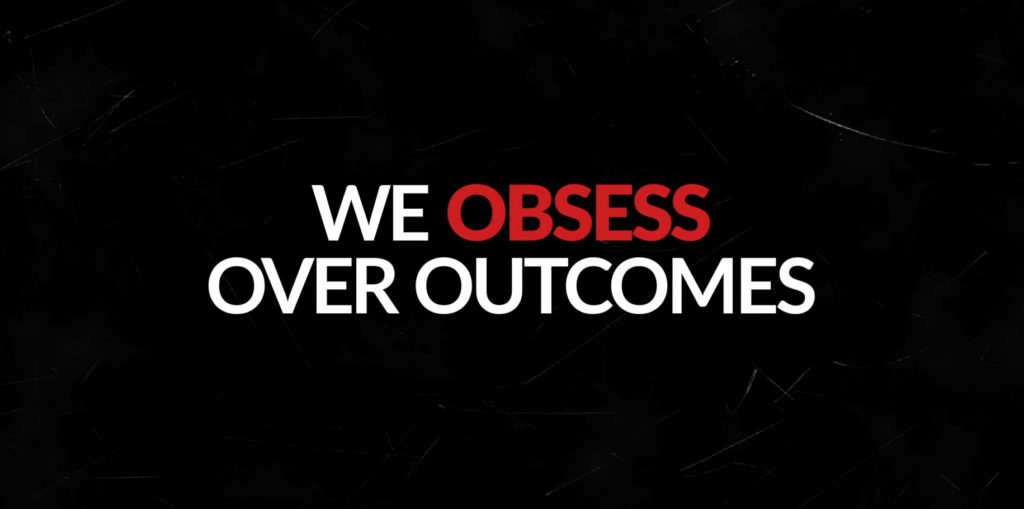At the beautiful Shinola Hotel in downtown Detroit, we invited a distinguished group of automotive and mobility industry leaders to participate in a discussion on the current state of the industry. The conversation was lively, and we traded ideas, theories, and suggestions on how OEMs and automotive suppliers could thrive in this changing industry. The two main topics we covered in an hour-long conversation were electric vehicles and the evolving commerce landscape in automotive. For those who could not attend, this conversation was so good that I had to share it with you now.
Electrification and Digital-First Commerce
Our guests were very enthusiastic as they discussed how consumer preferences are rapidly changing in a new landscape of electrification and digital-first commerce experiences. We discussed how customer priorities for lessening carbon footprints and making sustainable choices when shopping is completely changing the game for automotive companies. At the same time, there was acknowledgment of challenges with electric vehicles and the possible reemergence of hybrid vehicles, which offer the best of both worlds as a preferred choice for consumers.
Customers also want to do more with their vehicles in terms of software updates, subscription services like Netflix, and take full advantage of the IoT. For example, OEMs are considering capabilities for allowing consumers to drive by a Starbucks and order a beverage with a touch of a button. The discussion was an exciting analysis of how to answer to the preferences and desires of consumers across generations and demographics, all of whom could benefit from a world where vehicles are an extension of themselves and their other personal devices, enabling new commerce and mobility opportunities.
Demand Is Not Matching the Supply of EVs
The conversation also turned to the fact that the recent increase in EV adoption can be largely attributed to government action, specifically setting regulatory and compliance standards. This approach has caused a top-down demand that is much different from the typical consumer demand that has driven OEM decisions in the past. Ultimately, we agreed that demand is always the great equalizer in business, and today, demand for EVs is not strong enough to make a dent in the current supply. Some automakers have a 220-day supply on their EV products, so they are now experimenting with incentives to move those EVs off the lot.
There was also a universal acknowledgment that EVs will not work for everyone, but they can work very well for many consumers. To my delight, this conversation validated the importance of our primary EV research findings and allowed me to share insights about the customer journey that could help these automotive leaders.
Solutions for Better CX in a Post-Gas-Powered World
Our conversation then led to talking about how the adoption of EVs will grow with the continued building out of infrastructure and technology advancements and which solutions are currently most promising as automotive companies tackle the several challenges they currently face. Just to name a few, we discussed a change in the home charging situation — from plugging into a wall to parking the vehicle on a charging pad, as well as Hydrogen Fuel as an alternative to battery-operated vehicles.
Some OEMs are even doubling down on hybrid vehicles that combine EV and ICE technology, serving a customer base who wants choice and cares about the environment but is not ready for a full transition to EV yet. Hybrids are an interesting option as they address some of the range concerns with pure-play EVs, and at the same time, they have a great reputation for performance and lesser carbon footprint. The one thing that was clear throughout the conversation was that OEMs are focused on selling vehicles, but they also understand that answering to consumer preferences and trends is essential to success.
Listening to the Voice of the Customer
More importantly, the gap between what consumers desire and what OEMs and dealers are currently offering is way too wide – and we recommend closing that gap with an excellent digital-first commerce approach — a seamless end-to-end shopping experience — and transitioning to showrooms full of product specialists, leaving in-person hard-sell tactics behind. You can learn more about that recommendation by reading our electric vehicle customer research – we surveyed over a thousand consumers across the U.S. to understand exactly why they would or wouldn’t buy an electric vehicle so that OEMs and dealers could base their approach on data-backed customer insights to accelerate EV sales.
Overall, this event was an incredible forum consisting of automotive thought leaders who all share a passion for delivering the best customer experience and products available. I am honored to have heard their advice and opinions, and I look forward to hosting an event like this one very soon. This sea of change is about being nimble, constantly learning, and working toward driving what consumers want and need, helping to improve their lives. The automotive industry is, in many ways, at an inflection point where the future has a link to the heritage of the past but is also opening endless possibilities.
I see nothing but opportunity around each corner and I am proud to be a part of the Perficient automotive team that is solving these challenges.
Tap into our automotive expertise to accelerate your success during this transformative age of mobility.





Leave A Comment